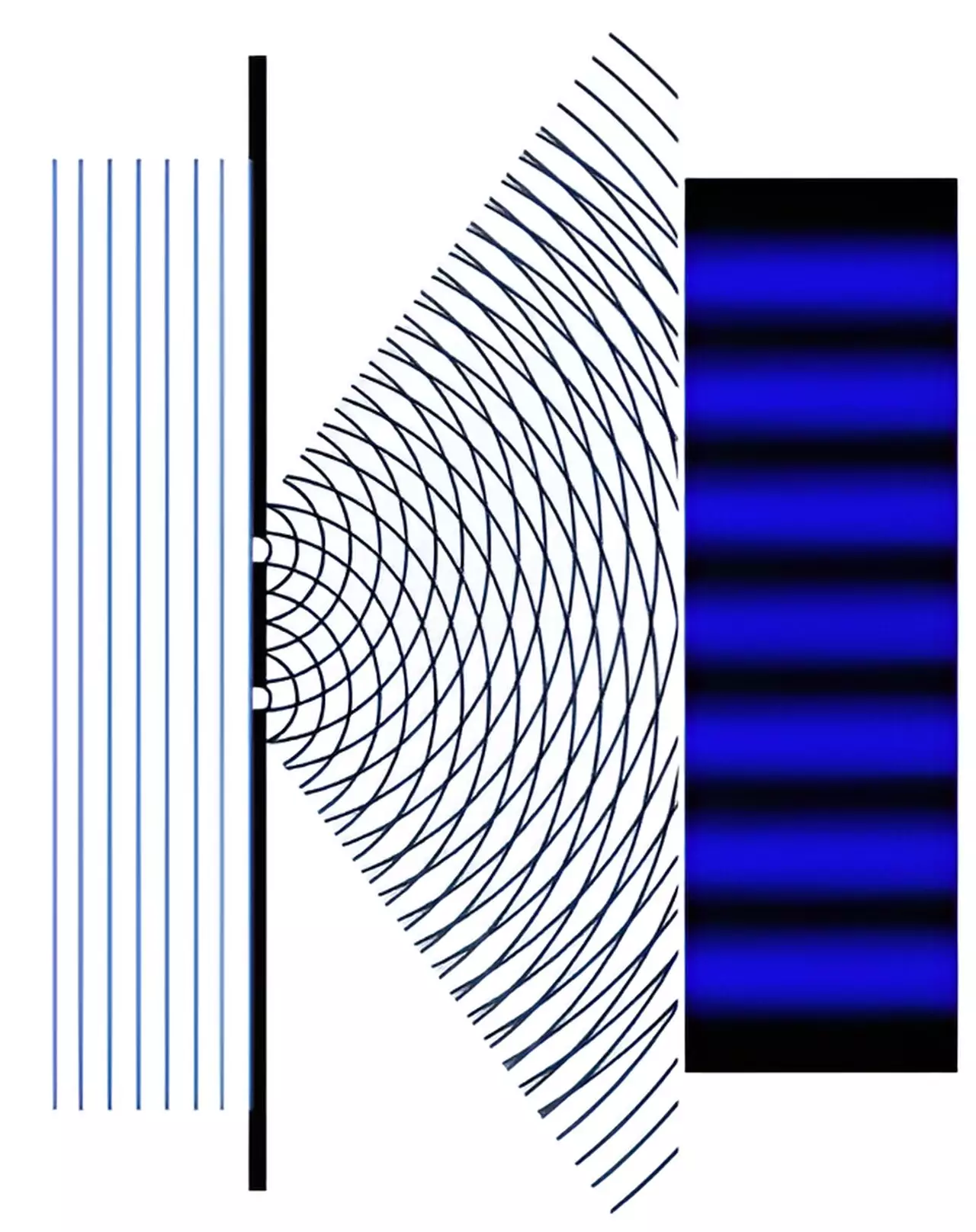Quantum computing has long tantalized researchers with the promise of solving complex problems at remarkable speeds, yet the goals of achieving practical, stable systems remain elusive. One of the most exciting discussions in this field revolves around topological quantum computers, machines that are theorized to harness unique properties of quantum mechanics for unparalleled stability and computational power. While the specifics of topological qubits, the fundamental units of these advanced systems, have not yet been fully realized, recent theoretical advancements suggest a groundbreaking way to create and manipulate them.
At the heart of this research lies the intricate nature of electrons—essential building blocks of matter that exhibit peculiar behaviors defined by quantum mechanics. Traditionally viewed as indivisible fundamental particles, electrons can behave in surprising ways, especially when confined to the nanoscale. This domain, where the size of electronic components dwindles to nanometers, shifts the governing laws of physics from classical to quantum. In this microcosm, scientists have begun to observe phenomena such as quantum interference, where electrons can essentially split and follow multiple paths simultaneously.
Research conducted by Professors Andrew Mitchell and Sudeshna Sen targets this quantum interference, revealing that when electrons in a tightly packed arrangement repel each other, their interference patterns can change significantly. This significantly alters their behavior, causing them to act as if they have been split—an observation that could pave the way for the manipulation of so-called “Majorana fermions.”
Majorana fermions are theoretical particles that have eluded experimental observation since they were proposed by Italian mathematician Ettore Majorana in 1937. The unique characteristic of these particles is that they are their own antiparticles; they can provide a solid foundation for topological qubits, which are largely immune to environmental noise—a crucial trait for achieving fault-tolerant quantum computing. The prospect of harnessing Majorana fermions within nanoelectronic circuits could revolutionize technological capabilities in computational power and efficiency.
The recent findings indicate a potential breakthrough in creating Majorana fermions by utilizing quantum interference effects in electronic devices. According to Professor Mitchell, their manufacturing process could usher in a new era for quantum technologies by transforming existing nanoelectronics into platforms for generating and manipulating these elusive particles. This innovative research could provide the missing link to realizing stable topological quantum computers.
The interference demonstrated in nanoelectronic circuits bears a striking resemblance to the iconic double-slit experiment in quantum physics—a cornerstone illustration of quantum particle behavior. In that experiment, individual electrons pass through two slits and produce an interference pattern, reflecting their wave-like properties. This phenomenon shows that even as single particles, electrons can interact with themselves, leading to complex outcomes.
The implications of harnessing this quantum interference mechanism are profound. The ability to select between multiple pathways enables the manipulation of quantum bits in ways that could knock down barriers faced by classical computations. This fundamental characteristic of quantum mechanics allows for the exploration of new computational frameworks that operate on principles entirely alien to classical paradigms.
Though the findings are promising, the journey toward realizing a topological quantum computer is filled with challenges. The theoretical aspects of creating and controlling Majorana fermions must transition into practical implementations. Researchers face enormous hurdles in developing the necessary technologies to isolate and manipulate these particles within electronic devices.
Moreover, the complexity of scaling up from isolated experiments in nanostructured circuits to fully operational quantum computers will require collaborations across various scientific disciplines. The integration of materials science, engineering, and theoretical physics will be crucial in fostering advancements in this field.
While the topological quantum computing landscape remains largely theoretical, the prospect of utilizing Majorana fermions powered by quantum interference opens new avenues for exploration. The continuous pursuit of these breakthroughs holds the potential to not only transform the field of quantum computing but also reshape the very fabric of computation itself. As researchers delve deeper into this quantum frontier, the hope for developing stable, fault-tolerant quantum machines gradually transforms from a distant dream to an achievable reality.

